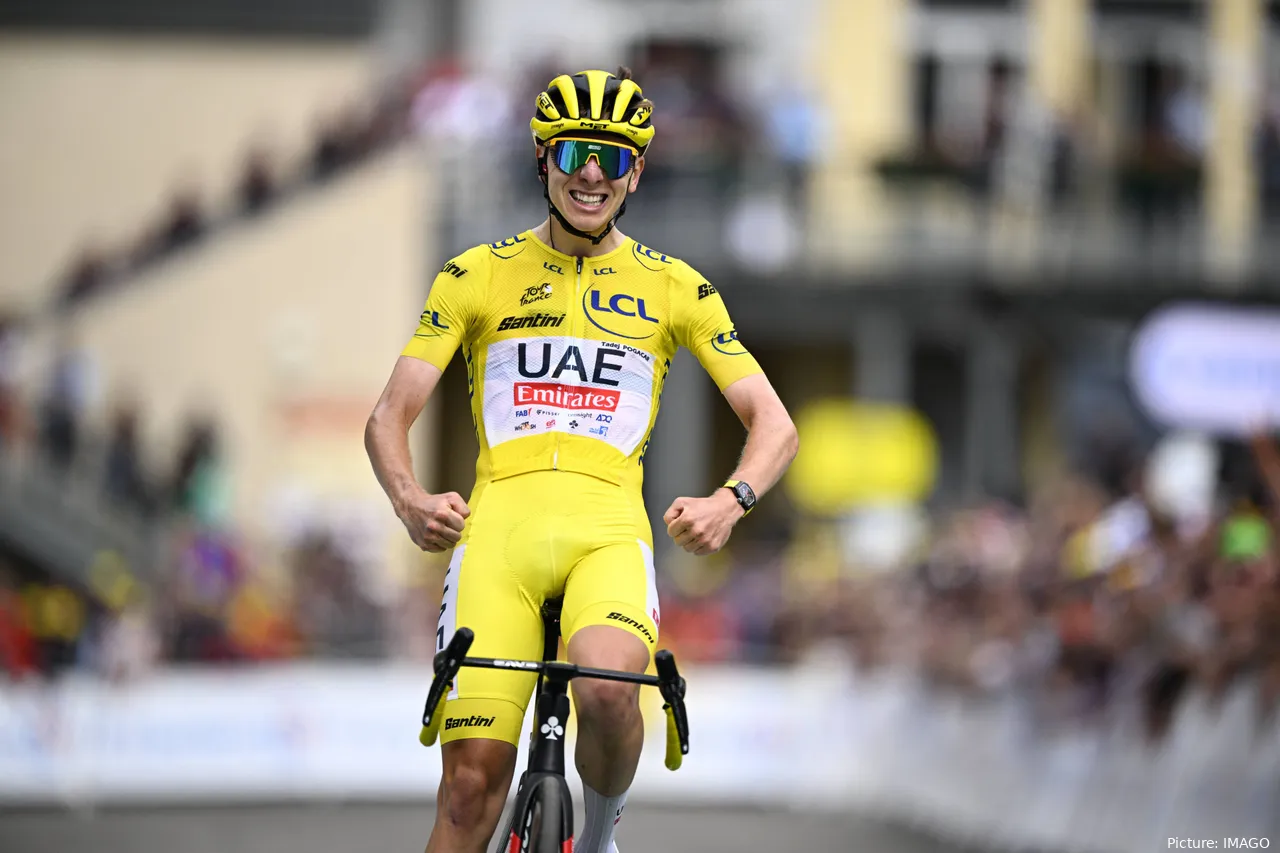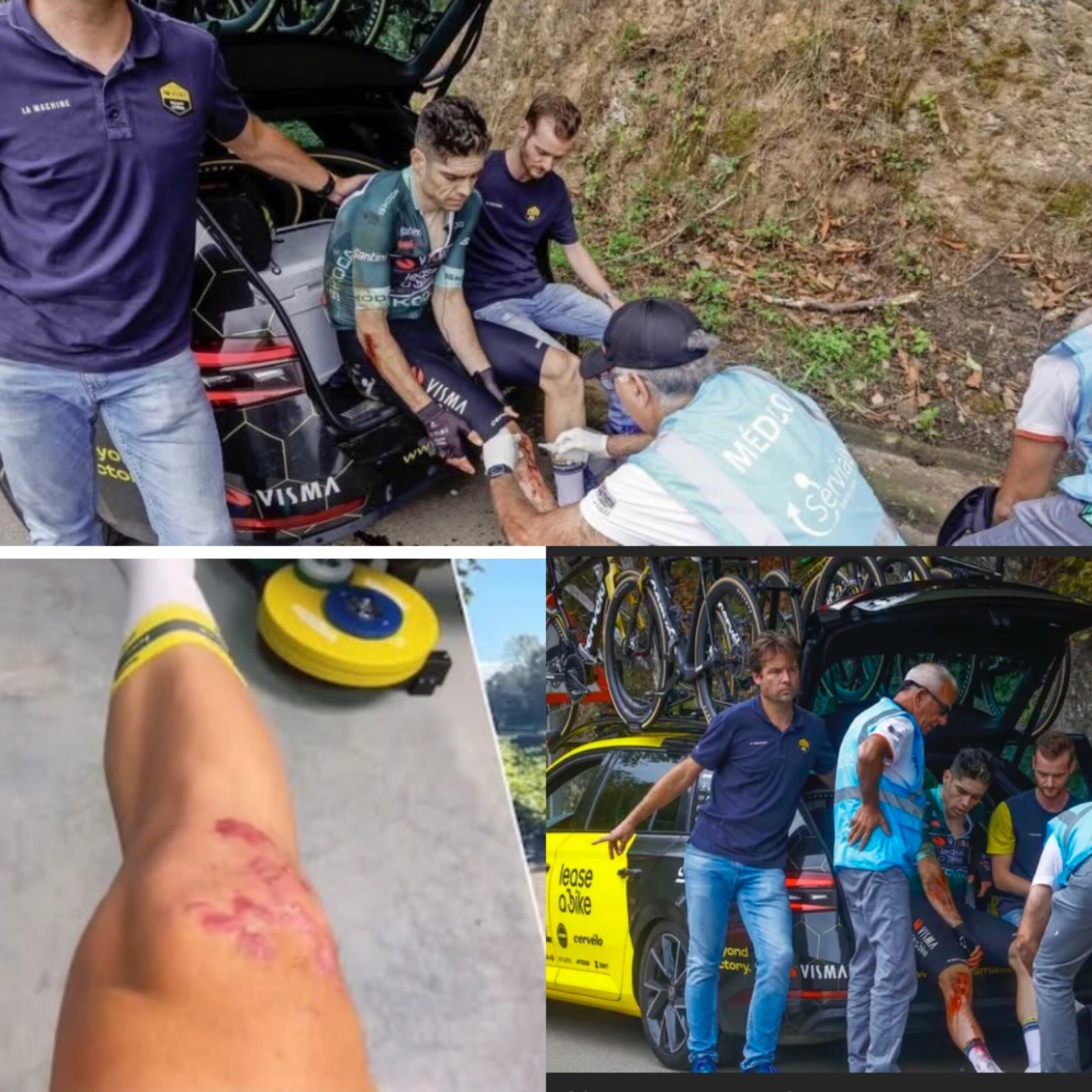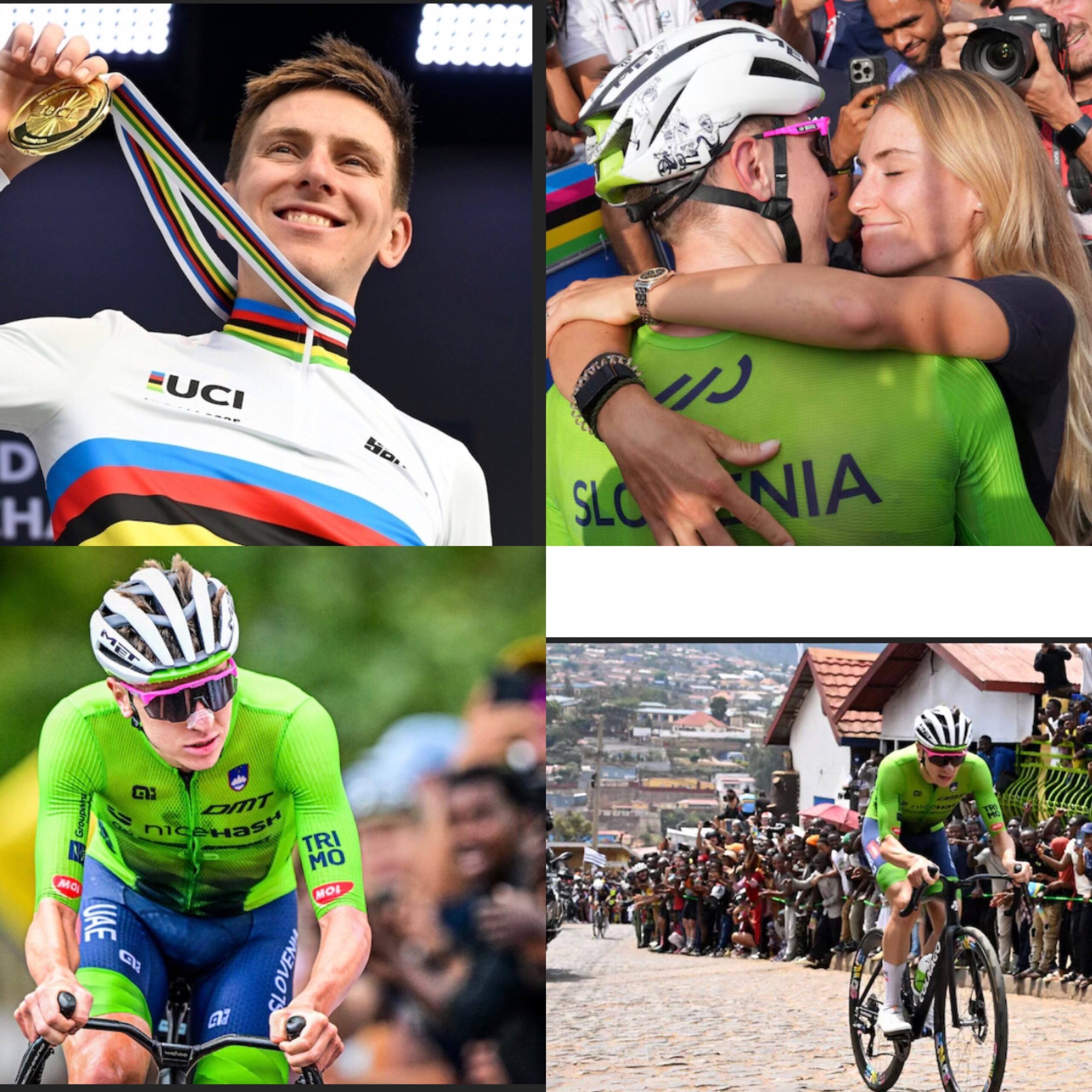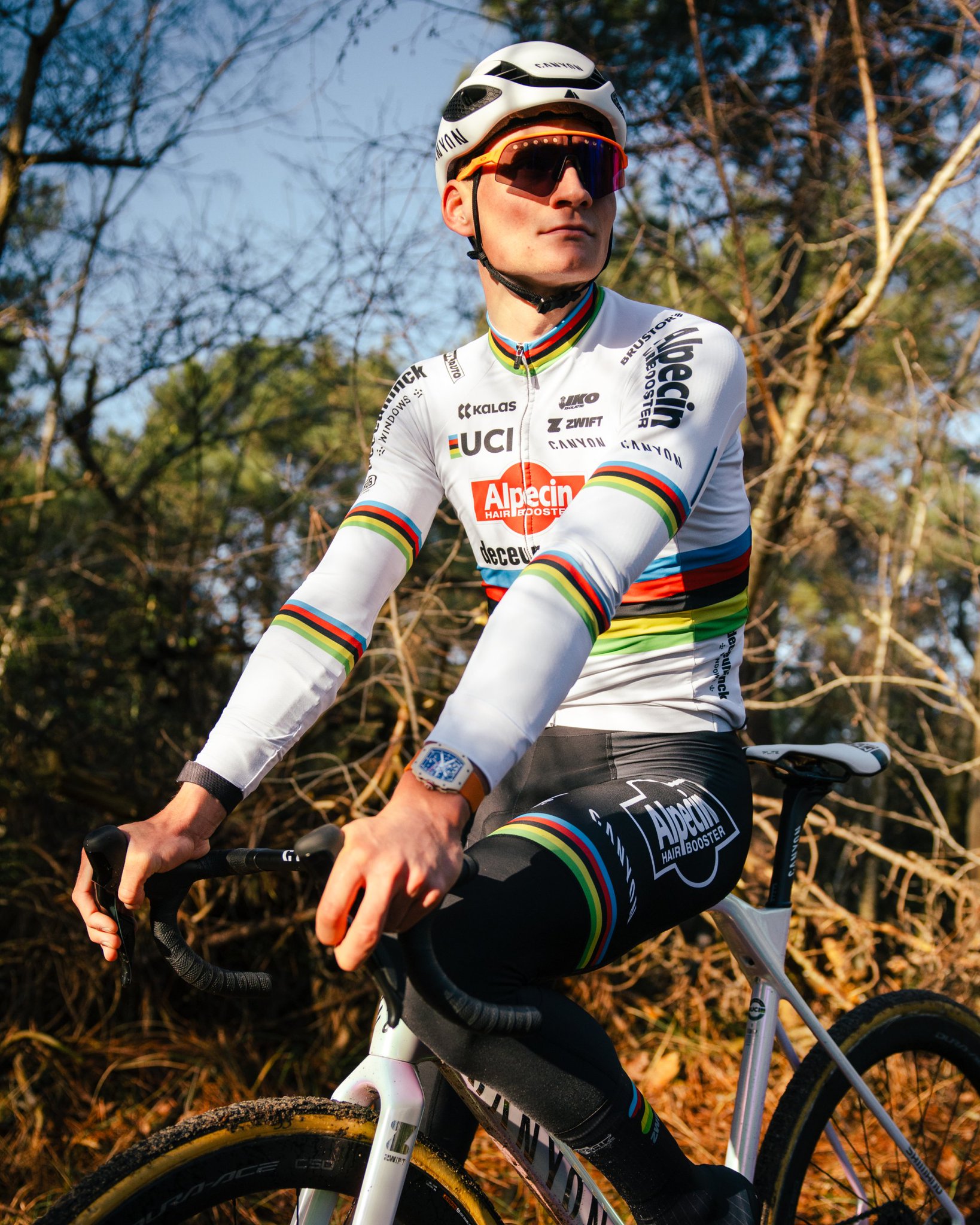**Could Tadej Pogacar Be More Dominant Than Ever? A Hypothetical 10-Stage Strategy That Could End the Tour de France as We Know It**
Tadej Pogacar has rapidly established himself as one of the most formidable cyclists of his generation. With two Tour de France victories (2020 and 2021), a Giro d’Italia win, and a total of 12 stage wins across these Grand Tours, the Slovenian prodigy has proven to be an unstoppable force on the road. As he continues to evolve and his team strengthens, speculation grows: could Pogacar become so dominant that he effectively ends the race as a competitive spectacle? Could a carefully crafted 10 or 11-stage plan—focused on targeted attacks and strategic dominance—ultimately spell the end of the Tour’s unpredictability?
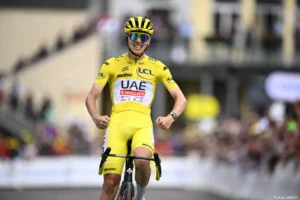
This article explores the potential for Pogacar to elevate his dominance further, analyzing the hypothetical stages that could lead to such an outcome, drawing insights from cycling experts, race dynamics, and Pogacar’s recent trajectory.
The Context: Current Cycling Landscape and Pogacar’s Rise
Before delving into the hypothetical stages, it’s essential to understand the current cycling landscape:
– **The Contenders:** Jonas Vingegaard, Primoz Roglic, Remco Evenepoel, and others are all talented riders capable of challenging Pogacar on their best days. However, recent seasons have shown that Pogacar’s resilience and tactical acumen often give him the edge.
– **The Route and Race Dynamics:** The Tour de France has become increasingly route-dependent, with more mountainous stages, individual time trials, and unpredictable weather conditions. Yet, Pogacar’s versatility and climbing prowess make him a perennial favorite.
– **Team Strength:** Pogacar’s UAE Team Emirates has grown stronger, providing him with tactical options and robust support. His own experience and confidence continue to build.
The Hypothetical 10-Stage Dominance Strategy
Imagine a scenario where Pogacar’s team and race tactics are optimized to maximize his strengths and minimize his vulnerabilities. Such a plan might involve the following stages, each designed to consolidate his lead and eliminate threats:
**Stage 1: The Prologue or Short Individual Time Trial (ITT)**
**Objective:** Establish an early time advantage and set the tone.
*Potential Outcome:* Pogacar, with his exceptional time trialing ability, could secure a commanding lead right from the start. Securing time bonuses and a psychological edge over rivals like Vingegaard and Roglic would be crucial.
**Stage 2: Flat Sprint Stage with Crosswinds**
**Objective:** Use tactical positioning to gain seconds and weed out weaker climbers or domestiques.
*Potential Outcome:* Pogacar’s team could control the peloton, positioning him favorably for a stage win or at least to limit losses. Crosswinds could cause splits, further consolidating his lead.
**Stage 3: Mountainous Finish (Hors Catégorie Climb)**
**Objective:** Attack early to shed competitors and reinforce his climbing supremacy.
*Potential Outcome:* Pogacar, known for his aggressive climbing, could launch a decisive attack on the final summit, gaining significant time over rivals like Vingegaard and Vingegaard’s team.
**Stage 4: Medium Mountain Stage with a Breakaway Opportunity**
**Objective:** Allow a breakaway to gain time, then counterattack to control the race.
*Potential Outcome:* Pogacar’s team could let a breakaway succeed, then reel it in at the right moment, maintaining his overall lead while saving energy.
**Stage 5: The Individual Time Trial (ITR)**
**Objective:** Further extend the lead or defend it against chasers.
*Potential Outcome:* A second strong ITT performance could cement his position, especially if he’s optimized for time trialing, making it nearly impossible for rivals to claw back significant time.
**Stage 6: Rest Day / Tactics Planning**
– **Strategy:** Use this day to regroup, analyze rivals’ weaknesses, and plan upcoming attacks.
**Stage 7: High Mountain Stage with Multiple Climbs**
**Objective:** Launch a series of attacks on various climbs, testing rivals’ endurance.
*Potential Outcome:* Pogacar’s aggressive style could force rivals into defensive positions, further widening his lead.
**Stage 8: Final Mountain Stage with a Crucial Climb**
**Objective:** Make a decisive attack on the final summit or KOM (King of the Mountains) segment.
*Potential Outcome:* An all-in attack here could be the coup de grâce, securing the yellow jersey definitively.
**Stage 9: Flat or Slightly Rolling Stage with Wind and Crosswinds**
**Objective:** Exploit wind conditions to cause splits and create chaos.
*Potential Outcome:* Pogacar’s tactical acumen and positioning could allow him to gain seconds or more, further cementing his lead.
**Stage 10: The Final Time Trial or Flat Stage**
**Objective:** Protect his lead and possibly extend it.
*Potential Outcome:* If Pogacar has built a sufficient margin, he could simply defend it, crossing the finish line as the dominant champion.
**Beyond Stage 10: The Endgame**
If such a strategic sequence unfolds perfectly, Pogacar could arrive at Paris with a commanding lead, making the race less competitive and more of a demonstration of his dominance. The key factors that would enable this scenario include:
– **Perfect Execution:** Timing attacks precisely, leveraging team strength, and managing energy.
– **Rival Weaknesses:** Exploiting opponents’ weaknesses in climbing, time trialing, or endurance.
– **External Factors:** Wind, crashes, or race-day conditions that favor Pogacar’s style and strategy.
**Could This Actually Happen?**
While this staged plan is hypothetical, it’s grounded in Pogacar’s proven strengths: exceptional climbing, time-trialing, tactical intelligence, and resilience. His team’s increasing strength and experience further bolster the possibility.
However, cycling is inherently unpredictable. Crashes, mechanical issues, weather, and psychological factors can alter the race’s course. Yet, if Pogacar and his team execute their plan flawlessly, they could indeed make the Tour de France a one-man show, potentially ending the race’s status as a multi-faceted competition.
**Implications for the Future of the Tour de France**
If Pogacar’s dominance continues to grow, the race could evolve in several ways:
– **Race Dynamics:** Less emphasis on aggressive racing and more on strategic defense.
– **Rivalry Shifts:** Rivals may need to rethink their tactics or specialize further to counter him.
– **Viewer Engagement:** Spectators might find fewer surprises, prompting organizers to innovate route design or race formats.
Tadej Pogacar’s exceptional talent and strategic acumen position him as a potential future force capable of dominating the Tour de France to an unprecedented degree. While the hypothetical 10-stage plan outlined here might seem ambitious, it underscores the possibilities that lie ahead if Pogacar’s form and team support align perfectly.
As cycling enthusiasts, experts like Cyrille Guimard observe, the key to such dominance lies not only in power but in the unpredictable elements of race conditions and human resilience. Whether Pogacar will ultimately rewrite the narrative of the Tour remains to be seen, but one thing is certain: if he continues on his current trajectory, the race’s future may be more about him than ever before.
